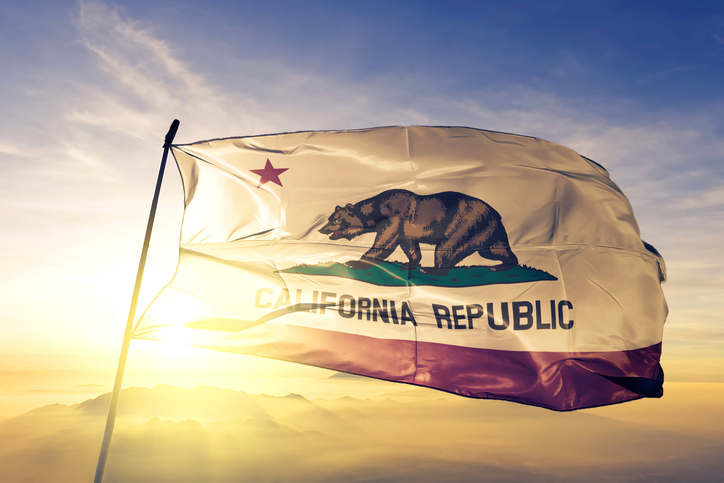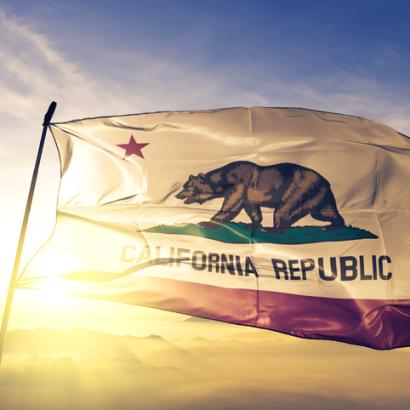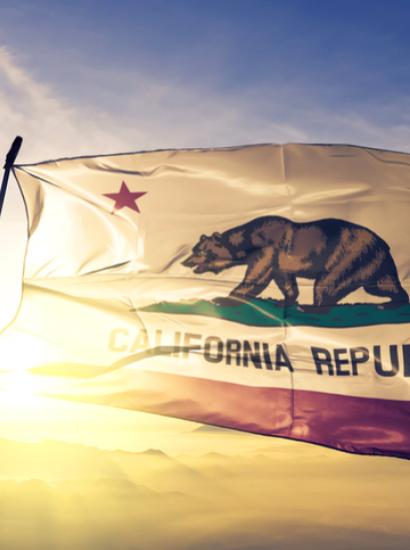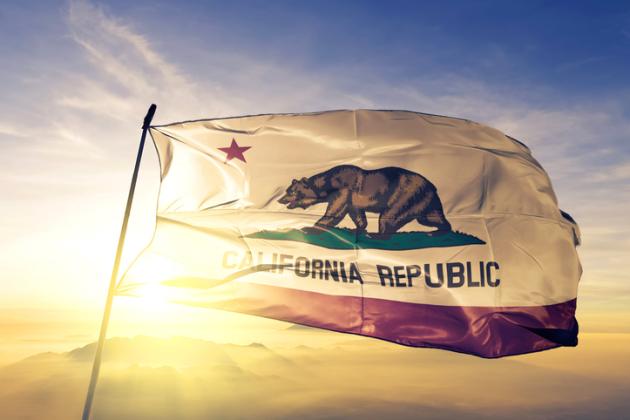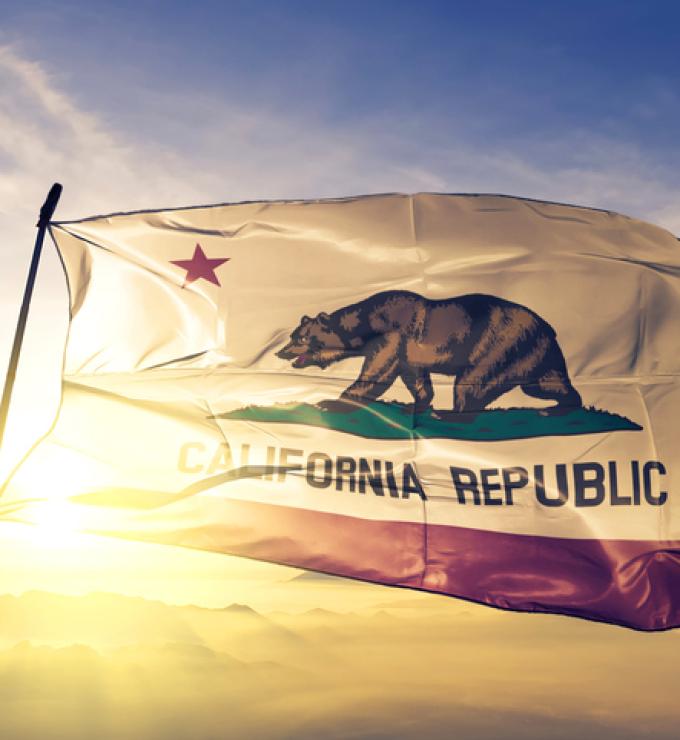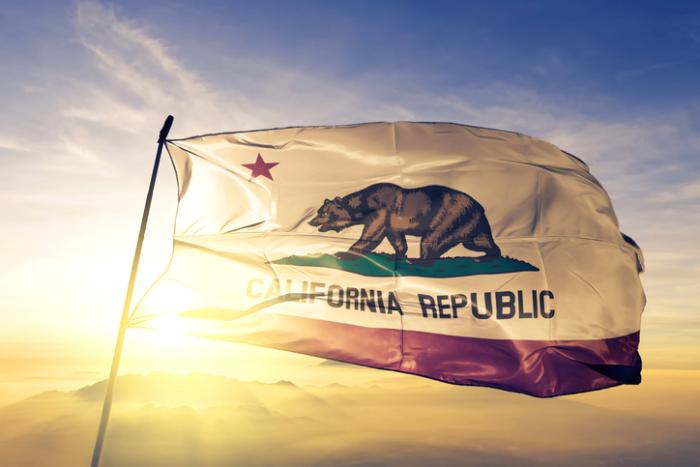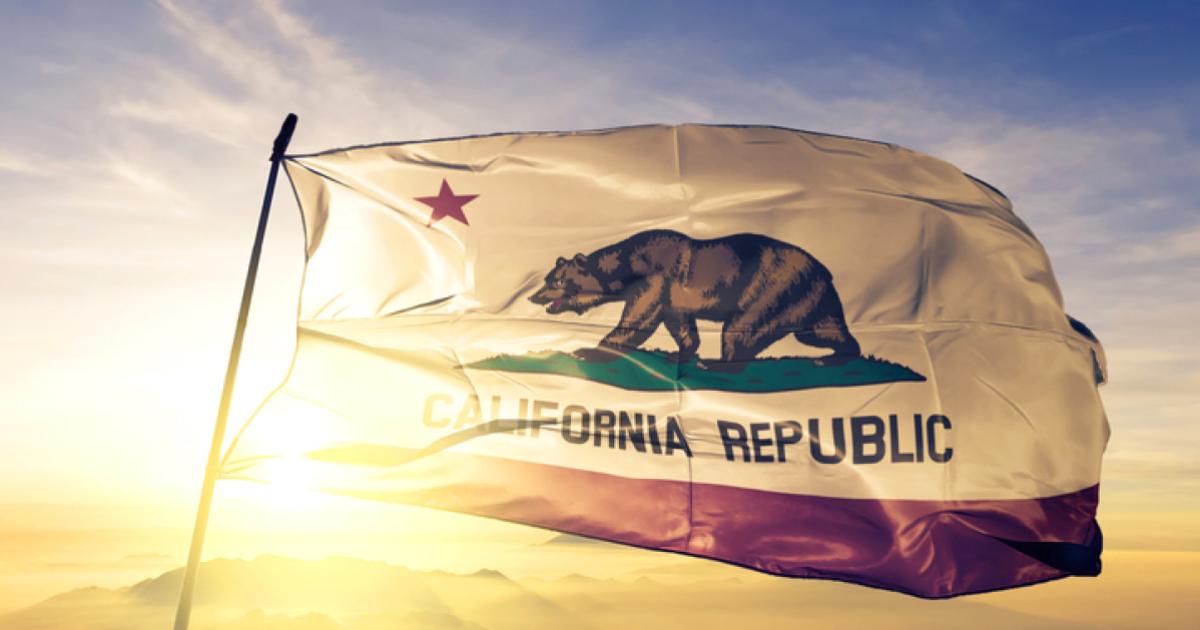- Politics, Institutions, and Public Opinion
- The Presidency
- State & Local
- California
Tempting though it may be, this column won’t be about Caitlyn Jenner’s curious run for governor of California—the former Olympic decathlete and Kardashian patriarch turned transgender activist having formalized her candidacy late last week.
I devoted a Washington Post column to this topic a week ago, if you want to know my thoughts about both her chances and the difference in “star power” 18 years after Arnold Schwarzenegger turned a California gubernatorial recall into an international media circus (please accept my sincerest apology if you run into a firewall—apparently, the poverty-stricken Mr. Bezos has no problem asking for a dollar of your money).
Nor will we spend time today talking about this week’s deadline for counties to verify petition signatures in the effort to recall California governor Gavin Newsom, whom Ms. Jenner hopes to replace. According to reports earlier this week out of the California secretary of state’s office, the organizers collected at least 1.6 million legit signatures—well past the nearly 1.5 million (12% of the turnout in the most recent gubernatorial election) needed to trigger the recall election.
Instead, let’s talk about recalls. Yes, recalls—plural. For Gavin Newsom isn’t the only election official in California dealing with job insecurity.
In San Francisco, a second recall campaign has launched against that city/county’s embattled district attorney, Chesa Boudin. A group calling itself the San Franciscans for Public Safety Coalition (it bills itself as a “broad-based coalition of San Francisco community, neighborhood, and small business leaders”) wants to remove the liberal prosecutor for what it deems a lax attitude toward property and drug crimes—crime in San Francisco being a mixed bag of sorts (during the pandemic, violent crimes are down while burglaries and auto thefts have soared).
That comes in the aftermath of a separate recall effort—this one has Republican fingerprints—that likewise has public safety at the heart of its rationale (back in January, this Eureka column delved into Boudin’s emergence as a lightning rod and the shift from California as a leader in tougher sentencing laws back in the 1990s to something much more offender sympathetic).
Meanwhile, two months have passed since victims’ rights activists in Southern California began a recall effort against Los Angeles County district attorney George Gascón, who seeks to dramatically reshape his office (eliminating bail, revising sentencing rules). Fitting for a town that loves intrigue-filled plots, the fledging anti-Gascón movement includes a county sheriff who cares little for the man and an underling (a deputy DA) who has no qualms about trashing his boss on national television.
Finally, rounding out our recall tour, there’s the matter of San Diego council president Dr. Jennifer Campbell. She too could face a recall vote later this year, albeit for less life-and-death matters (among the complaints: she supported a ballot measure—last year’s Measure E—that excepted buildings near the city’s sports arena from 30-foot height limits and has stormed out of meetings when constituents take odds with her views).
Would I bet on any of these officials—Newsom, the two DAs and the one council member—being out of a job a year from now? If Donald Trump has taught us anything, it’s not to dabble in political futures.
But I am curious as to what recall reforms may be afoot if the process proves an end to any or all of these political careers.
One such measure before the state legislature—it would have allowed elected officials who are the subjects of potential recalls to see the names of voters who sign recall petitions—was pulled from consideration last week. A proponent of that bill, State Sen. Josh Newman, said the current Newsom recall clouded debate over the reform (Newman was recalled from office in June 2018 but won election again last ye ar).
Here’s my concern with this idea: in the years since the 2003 election that resulted in Schwarzenegger’s claiming the governor’s office, the biggest change to California’s recall process has been the addition of a 30-day window that allows voters, once a recall has qualified for the ballot, to change their minds (in addition to giving incumbents access to recall-minded voters, legislative Democrats wanted to extend the 30-day window to 45 days). Allowing politicians to know the names, addresses, and phone numbers of constituents who may be coaxed into changing their minds by sweet talk or peer pressure sounds like a leveraging tool that Don Corleone would applaud.
Let’s suppose, for the sake of argument, that the Newsom recall organizers manage to claim a Democratic governor for the second time in less than two decades. How might the Democratic-dominated state legislature respond to such a surprise outcome?
For openers, they could try to scrap the recall process altogether. But that would require a constitutional amendment and yet another vote of the people—this time, a ballot initiative. One of the oddities of California politics: for all the complaining about cluttered ballots and information overload, direct democracy remains a popular concept in the Golden State (this year marks the 110th anniversary of California’s initiative and referendum process coming into existence).
However, there are other to avenues for recall reform—some, perhaps justified. That begins with valid reasons for a staging a recall vote.
Of the 20 states that allow gubernatorial recalls to take place, California is one of 12 that don’t list specific grounds. The Golden State could go the way of Alaska (“Lack of fitness, incompetence, neglect of duties or corruption”), or a more verbose approach like Georgia’s (“Act of malfeasance or misconduct while in office; violation of oath of office; failure to perform duties prescribed by law; willfully misused, converted, or misappropriated, without authority, public property or public funds entrusted to or associated with the elective office to which the official has been elected or appointed. Discretionary performance of a lawful act or a prescribed duty shall not constitute a ground for recall of an elected public official”).
Either way, it might help define what is grounds for termination. And in case you’re curious, here’s language pulled from the Newsom petition (launched before the pandemic struck):
“Governor Newsom has implemented laws which are detrimental to the citizens of this state and our way of life. Laws he endorsed favor foreign nationals, in our country illegally, over that of our own citizens. People in this state suffer the highest taxes in the nation, the highest homelessness rates, and the lowest quality of life as a result. He has imposed sanctuary state status and fails to enforce immigration laws. He unilaterally over-ruled the will of the people regarding the death penalty. He seeks to impose additional burdens on our state by the following; removing the protections of Proposition 13, rationing our water use, increasing taxes and restricting parental rights.”
A second change would be raising the signature threshold for triggering a recall—for California, as mentioned earlier, only 12% of the previous gubernatorial turnout.
While two states, Montana and Virginia, have 10% thresholds, other states pose a tougher challenge. In nine of the 20 states—Alaska, Arizona, Colorado, Michigan, Minnesota, Nevada, North Dakota, Washington, and Wisconsin—it’s 25% of the previous gubernatorial vote (Louisiana’s is 33.3%; in Kansas a whopping 40%).
Imagine a California with the aforementioned 25% threshold for valid signatures in place. For the Newsom recall, that would have meant a shade over 3.116 million signatures required—or, a million more than what was submitted by anti-Newsom forces last month.
Here’s one other change that would alter the landscape in California: allow the subject of a recall to run with the other candidates on the second part of the ballot.
If that were the case, Newsom would almost be assured of political survival as long as other Democrats didn’t jump into the race and dilute his share of the vote (at present, Caitlyn Jenner and at least three other credentialed Republicans seem likely to appear on that ballot).
What this would do is spare California from the same odd recall math that emerged in the 2018 Newman recall. Although 42% of voters in that local contest opposed the recall—i.e., voted for incumbent state senator—the winning replacement garnered just 34% of the candidates’ vote.
If recall reforms were to take place, would they constitute an overreaction? Perhaps so, as California isn’t a land steeped in rebellion. Since 1913, there have been 179 recall attempts of state elected officials in California (55 have been targeted at governors, including the last nine men to hold that office). Only 10 of those efforts qualified for the ballot, with elected officials forced to step down (that would be twice in this century, twice in the 1990s, and twice in the 1910s). Congress, on the other hand, held two Trump impeachment trials in less than 13 months.
And to answer your next question, assuming California’s recall is a go: no, Trump can’t seek political rehabilitation in the Golden State in a recall election or any other local contest in the near future (you might recall Richard Nixon coming up short in a gubernatorial run in 1962, two years after losing the presidency).
Why a Trumpless California? Because the governor of America’s most populous state has to have been a resident for at least five years in order to serve.
Let’s see if a state GOP starved for talent dares to revisit that legal nuance.







